Future Wireless Comms Could Process Data in Midair
It’s easy to take for granted the seamless way information is preprocessed, transmitted wirelessly, and nicely processed on another device. But the future of wireless communications may be even more sophisticated, as scientists work toward a concept in which data isn’t just transmitted wirelessly but also processed in midair.
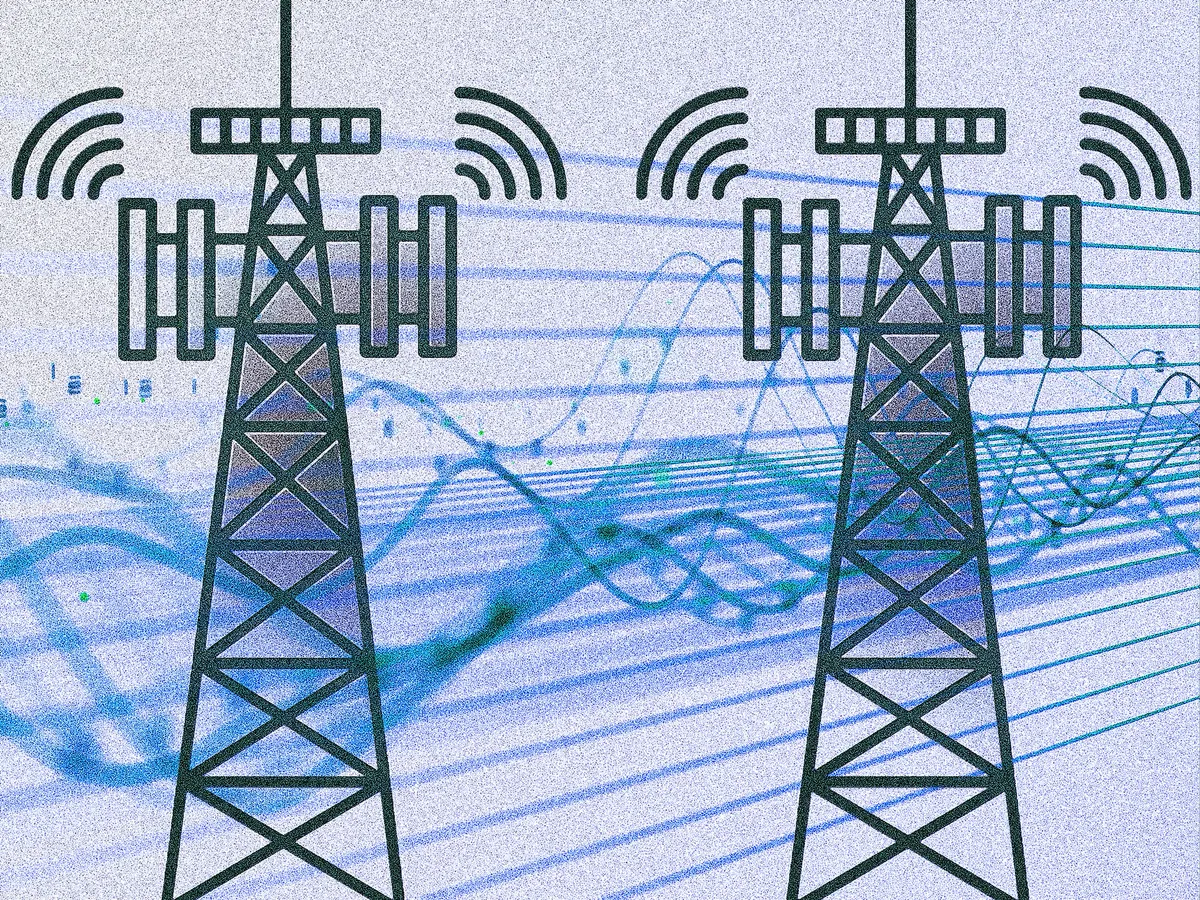
The concept, called over-the-air computation—or AirComp for short—is still in its early stages. A team of researchers from China and Singapore has demonstrated through simulations that their approach allows multiple clusters of data to be processed in midair simultaneously. The results are described in a study published 30 May in IEEE Transactions on Wireless Communications.
Xiao Tang is an associate professor at Xi’an Jiaotong University, in China. He says that AirComp is particularly useful when data needs to be collected from multiple devices at the same time, for example in the context of environmental sensors, smart cities, or to efficiently update AI models across multiple user devices.
“Instead of sending data from each device separately, which can be slow and use a lot of resources, AirComp cleverly allows devices to transmit data at the same time using the same wireless channel,” Tang says.
Efficient Data Processing With AirComp
As the signals are transmitted, they naturally combine or superpose in the air. In a mathematical sense, it’s akin to a sum or average of signals, which is then picked up by the receiver. As a result of these superimposed signals, there’s no need to individually process each of the original signals. “This makes collecting and processing data from a huge number of devices incredibly fast and efficient,” Tang says.
In their study, Tang and colleagues wanted to create an AirComp approach that could transmit and process multiple clusters of data—each completing a distinct calculation—in midair simultaneously. The challenge here is to effectively alleviate the interference among the clusters. Tang compares it to crosstalk on a phone line.
To overcome this issue, the researchers combined two different machine learning techniques to achieve their novel AirComp approach. The first one, called an unfolding algorithm, is used to methodically identify optimized calculations for AI models, while the second one, called a graph neural network, is useful for learning to identify and reduce interference of signals across clusters.
In their study, the researchers tested their novel approach through simulations with varying amounts of antennas, devices, and clusters, and across distances of 100 to 1,000 meters. They also compared the performance of their novel unfolded deep graph learning method against traditional AirComp methods.
“Our proposed model consistently outperformed the other methods, achieving a higher overall computation rate,” says Tang. “This advantage was especially evident in scenarios with heavy interference, where traditional methods struggled.”
He adds that the novel model, once trained, was able to “produce a highly effective solution instantly,” and was able to handle more data clusters than it was initially trained to handle. For example, even though the model was trained to handle five clusters of data, it still performed well when handling 10 clusters.
The research team has several different goals to build upon this work moving forward, including testing the approach in real-world settings using hardware. Tang says his team is also interested in extending the model to handle a wider variety of midair calculations.
“While this study focused primarily on the ‘sum’ function, we plan to extend the framework to handle a wider variety of more complex mathematical functions over the air, which would broaden its applications,” he says.
-
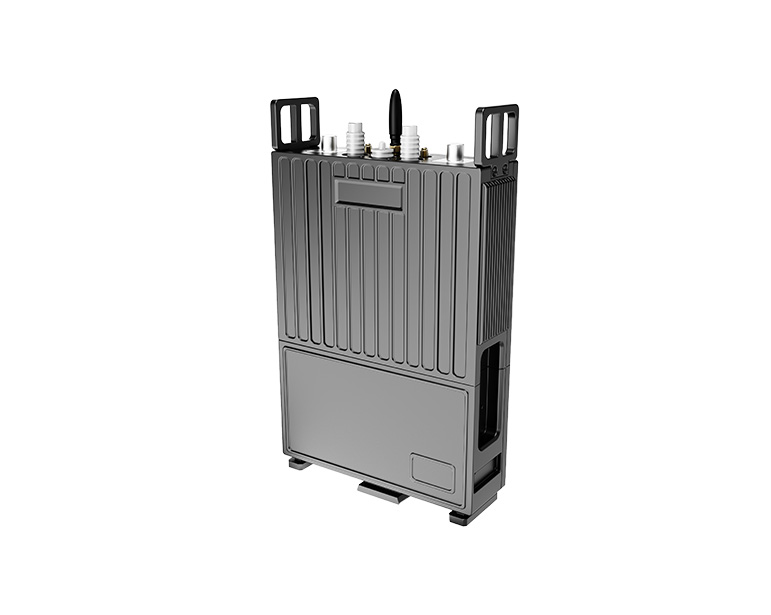 2025-10-30
2025-10-30 -
IP Mesh Radios: The Future of Tactical Wireless Networking
2025-10-27 -
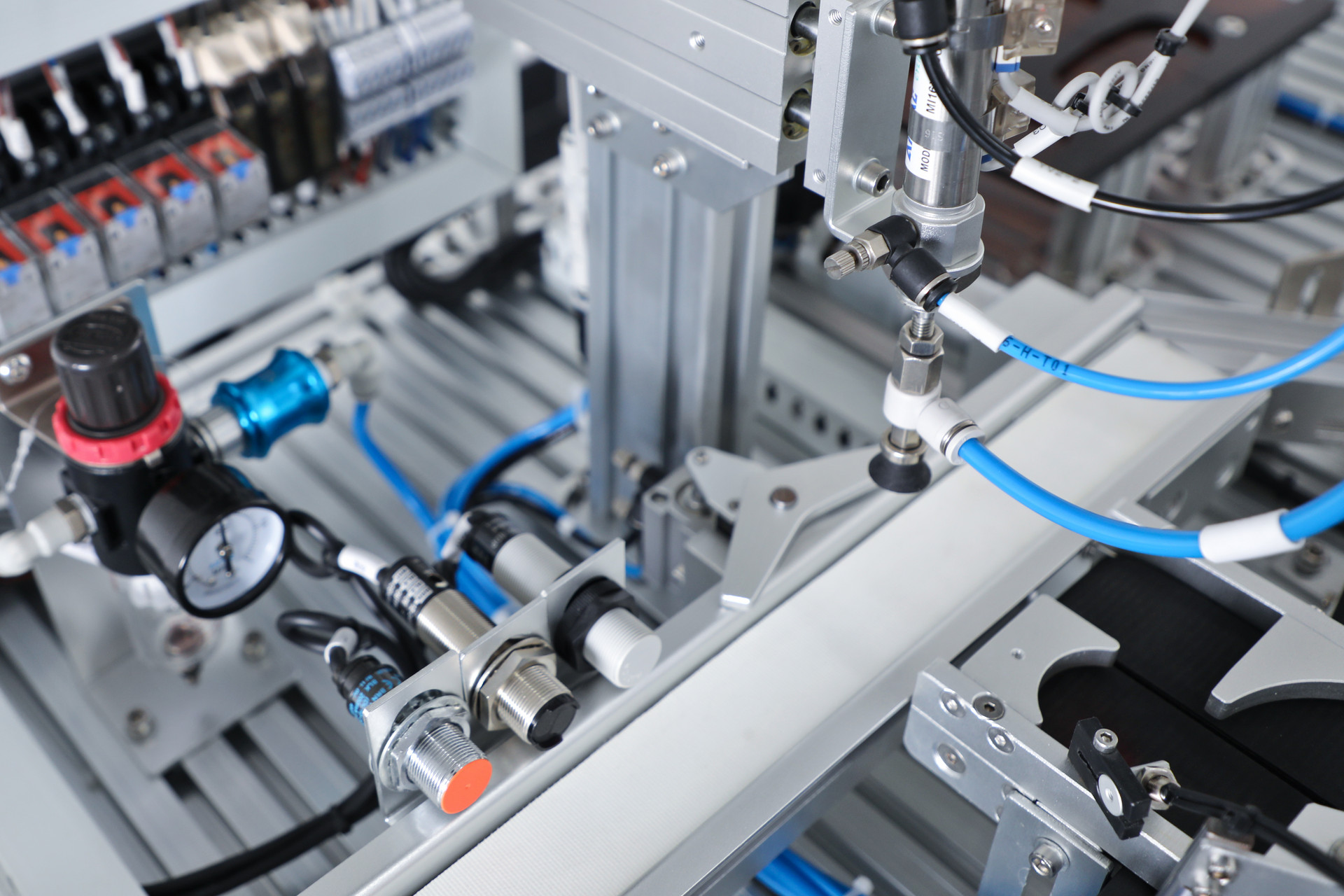
What Is Wireless Data Transmission and How Does It Work?
2025-09-26 -
What are the Applications of Ad Hoc Wireless Network?
2025-09-11 -
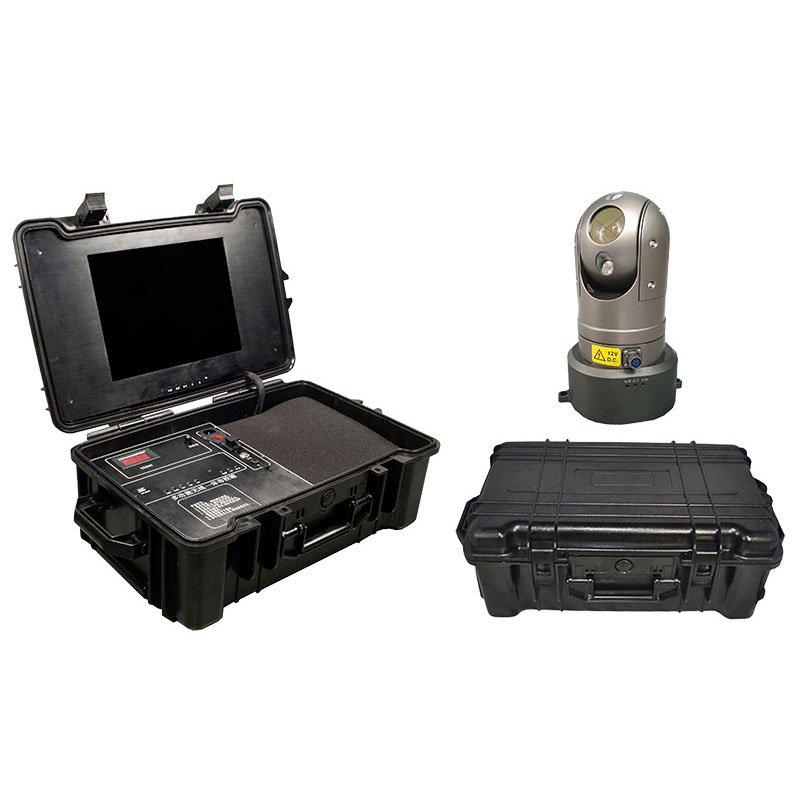
What Are Point to Point Wireless Bridges Often Used For?
2025-09-05 -

MESH Networking Module Selection Guide: From Dismounted Soldiers to UAV Applications
2025-08-28 -
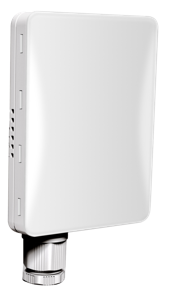
What Is a Point to Point Wireless Bridge Connection?
2025-08-07 -

What Is the Difference Between a Wireless Network and an Ad Hoc Network?
2025-07-16









